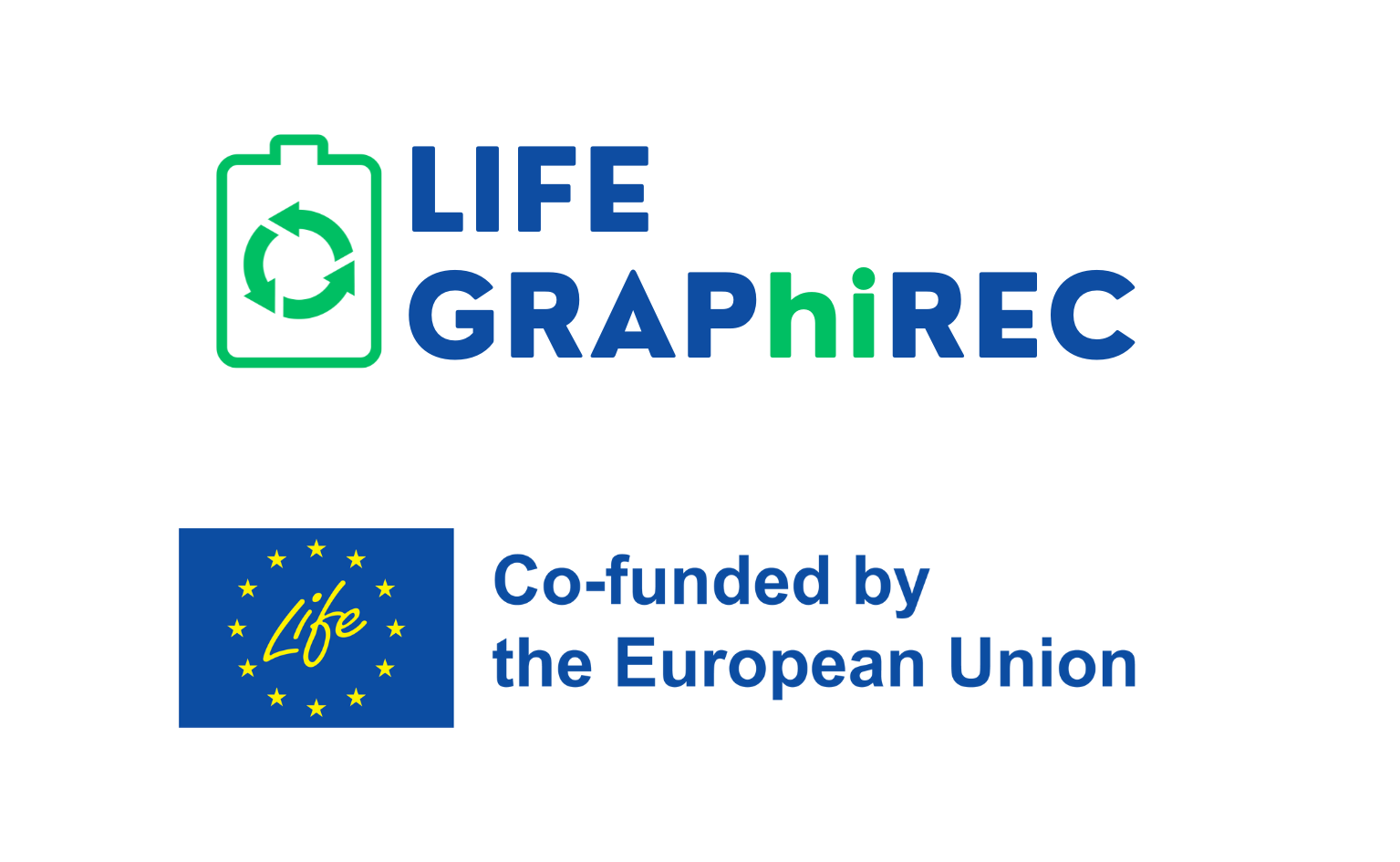Graphite: One of the Raw Materials Critical to the Energy Transition
We know it well: Europe’s ecological transition also depends on batteries. Energy storage for renewables, electric vehicles, and electronic devices is in constant demand — and with that, pressure is growing on the raw materials needed to produce them.
Between these, there is the graphitefundamental to the anodes of lithium-ion batteries. Currently, 95% of the global supply of natural graphite for anode comes from China, and the EU imports 98% of its needs, showing a significant dependence on the supply chain outside.
A Strategic Challenge: The Need for More Recycling
The EU has identified the recycling as a way of priority in order to reduce the dependency from third Countries. However, the current rate of recycling of graphite is around 3%, and lack of industrial plants capable of producing graphite recycled with the levels of purity required by the batteries of the new generation.
In 2023, with the entry into force of the Regulation Batteries and the adoption of the Critical Raw Materials ActEurope has raised the bar: The more we recycle, the more we recover internal resources — and move toward strategic autonomy.
GRAPhiREC: the first pilot for the industrial sector in Europe
In this context comes LIFE GRAPhiREC, a project co-financed by the the LIFE programme of the European Union and coordinated by ORIM Srl, Italian SME active in the treatment of special waste.
The goal: build the first two pilot european plants able to recover graphite from spent batteries and use it to produce new ones. The facilities will be operational in Macerata (plant ORIM, for lithium batteries LFP) and Chieti (plant SIMA, for alkaline batteries used).
Short-term goals:
- Recover up to 90% of the graphite contained in the treated waste;
- Reach purities of 99,95% for lithium batteries, and 99.5% for alkaline;
- Produce working prototypes: 21700 cells (for electric vehicles), coin cells and up to 1.5 million AA batteries graphite recycled.
The project involves several strategic partners:
- University of Camerino and University of l'aquilafor the scientific part, and analytics;
- Varta, as an actor and industrial potential user;
- The European Advanced Carbon and Graphite Materials Association to connect with the ecosystem of the european union;
- The two Italian SMEs ORIM and SIMA, engines operating of the project.
What can we learn
GRAPhiREC is a good example of how a SMEs can lead a cutting-edge European projectin a strategic technology sector — with real-world impact.
LIFE projects like this show that:
- Access to european funds it is not reserved only to multi-national corporations or universities;
- What matters is a clear vision, a strategy, a concrete and reliable partners;
- Successful EU proposals start before writing— by understanding the context and having the courage to take action
Do you want to know if your company can access a european project?
Do you have a promising technology but don’t know how to align it with a funding call?
Or are you wondering which EU programme best fits your innovation?
👉 Contact us for a free consultation: we will look at your project, your goals and help you understand if and how you can partecipate in EU fundings.

Comments are closed